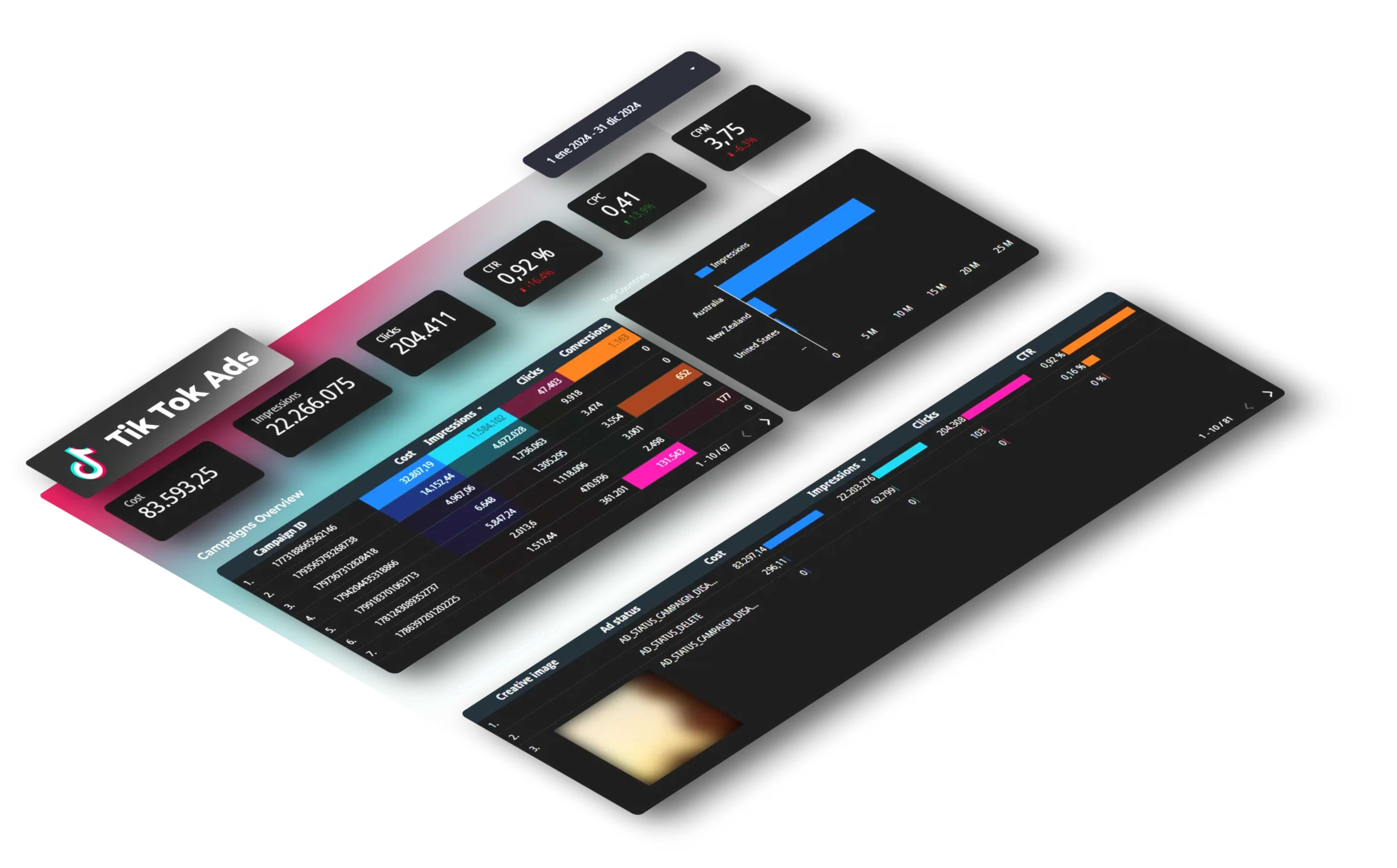On October 21, 2025, Google officially announced it's ending the Privacy Sandbox project and keeping third-party cookies in Chrome. After years of promises to phase out cookies, Google reversed course following pressure from advertisers and a decision by the UK's Competition and Markets Authority (CMA) to release the company from its 2022 commitments. This means cookies will remain functional in Chrome, which holds over 70% of the browser market, giving marketers short-term stability but creating long-term uncertainty as privacy regulations continue to tighten across US states and globally.
What Actually Happened with Google Cookies
Google had spent nearly five years developing Privacy Sandbox, a suite of technologies meant to replace third-party cookies with privacy-preserving alternatives. The project included:
- Federated Learning of Cohorts (FLoC) - grouping users by interests instead of individual tracking
- Attribution Reporting API - measuring conversions without cross-site tracking
- IP Protection - masking IP addresses
- Private Aggregation - analyzing data without exposing individual users
All of these initiatives are now being retired.
The UK's CMA officially released Google from its binding commitments on October 17, essentially giving the company permission to abandon the project. This came after intense lobbying from the advertising industry, which argued that Privacy Sandbox alternatives weren't ready and would harm publishers' revenue.
What This Means for Marketing Professionals
Short-Term: Business as Usual
Your current tracking setup keeps working. If you're running:
- Retargeting campaigns on Google Ads, Meta, or programmatic platforms
- Conversion tracking with third-party pixels
- Cross-domain analytics to follow users across multiple sites
- Audience building based on website behavior
None of this changes immediately. Chrome will continue supporting third-party cookies, which means your Facebook Pixel, Google Analytics tags, and retargeting pixels keep functioning exactly as they do today.
For PPC specialists, this is particularly good news. Your conversion tracking won't break. Your remarketing lists won't disappear overnight. Your attribution models using cross-site data continue working.
Long-Term: The Ground is Still Shifting
While cookies survived, privacy regulations didn't pause. Here's what's actually changing:
Maryland's MODPA went into effect October 1, 2025 with the strictest requirements of any US state law:
- Prohibits targeted advertising to anyone under 18
- Bans selling personal data of minors
- Bans selling sensitive personal information of any consumer
- Prohibits processing sensitive data unless "strictly necessary"
California's CPPA finalized major regulations on September 23, 2025 covering:
- Automated Decision-Making Technology (ADMT) - including marketing automation, programmatic ads, customer scoring, and personalization engines
- Required consumer notifications when ADMT makes "significant decisions"
- Mandatory opt-out options for ADMT processing
California proved it's serious about enforcement. On September 30, the CPPA announced a $1.35 million settlement with Tractor Supply Company for CCPA violations, including failure to honor opt-out requests via Global Privacy Control (GPC). If your tracking doesn't respect GPC signals, you're exposed to similar penalties.
The Real Impact: State-by-State Complexity
By the end of 2025, 17 US states will have comprehensive privacy laws. Each has different requirements for what counts as "personal data," when you need consent, how to handle opt-out requests, and what constitutes "sensitive" information.
For marketing teams, this creates operational complexity that cookies-or-no-cookies doesn't solve. You need different consent flows for California vs. Texas vs. Maryland users. Your email campaigns need different unsubscribe mechanisms depending on state laws. Your ad targeting needs to exclude minors in Maryland but not necessarily in other states.
As we covered in our analysis of AI, privacy, and the digital marketing inflection point, the shift toward privacy-first marketing is accelerating regardless of technical cookie support.

Why Google Really Backed Down
Google backed down because removing cookies would have hurt its ad revenue.
The company's own testing showed that removing third-party cookies would reduce publisher revenue by 30-60% without a viable replacement. That revenue drop would directly impact Google's ad network business.
Additionally, advertisers and agencies made it clear they weren't ready. Privacy Sandbox alternatives were too complex, not well-documented, and didn't work reliably enough to replace cookies. The industry needed more time - but instead of getting more time, they got cookies back permanently (for now).
What Marketers Should Do Right Now
1. Don't Assume Cookies Are Forever
Just because Google backed down doesn't mean you should ignore first-party data strategies. Consider:
Safari (20% market share) already blocks third-party cookies by default and has since 2020.
Firefox (4% market share) blocks third-party cookies by default.
That's nearly 25% of web traffic where third-party cookies already don't work reliably. Plus, regulations continue tightening regardless of what Google does.
2. Build First-Party Data Infrastructure Now
First-party data - information users give you directly - becomes more valuable every day. Focus on:
Email collection strategies:
- Newsletter signups with clear value propositions
- Gated content (guides, templates, tools)
- Account creation incentives
Customer Data Platforms (CDPs):Track user behavior on your own properties without relying on third-party cookies. Store this data in your own database.
Server-side tracking:Move tracking from browser pixels to server-side implementations. This gives you more control and better data quality. Google's server-side GTM and Meta's Conversions API (CAPI) both work independently of browser cookies.
3. Consolidate Your Marketing Data
With increasing restrictions on cross-platform tracking, you need a single source of truth for your marketing data. Instead of logging into five different platforms to understand campaign performance, pull everything into one place.
Automated marketing report consolidation saves time and reduces errors compared to manual exports. You can build custom scripts, use platform APIs directly, or automate data pulls into Google Sheets, Looker Studio, BigQuery, or Power BI.

The goal is see all your marketing data in one dashboard so you can make decisions even when cross-platform attribution gets harder.
4. Test Server-Side Tracking Before You Need It
Both Google and Meta offer server-side tracking solutions that work better in privacy-restricted environments:
Google Tag Manager Server-Side:
- Runs on your server instead of user's browser
- Better data quality (no ad blockers)
- More control over what data gets sent
Meta Conversions API (CAPI):
- Sends conversion data directly from your server to Meta
- Works even when Facebook Pixel is blocked
- Improves attribution accuracy
These solutions require technical setup but provide insurance against future tracking restrictions.
5. Audit Your Privacy Compliance by State
If you target US audiences, you need to know which state laws apply to you. Check:
- Do you have users in California? → CCPA/CPRA applies
- Do you target anyone under 18 in Maryland? → MODPA prohibits targeted ads
- Do you use automated decision-making for ad targeting? → California requires notices and opt-outs
- Do you respect Global Privacy Control (GPC) signals? → California enforcement is active
Missing any of these exposes you to fines in the millions, as Tractor Supply learned with their $1.35M settlement.
What Happens Next
Watch for three developments in 2025-2026:
1. More state privacy laws
Expect 5-10 additional US states to pass comprehensive privacy legislation. The patchwork will get messier before it potentially gets unified with federal law.
2. Increased enforcement
California's $1.35M settlement with Tractor Supply is just the beginning. State attorneys general are building privacy enforcement teams. Budget more for compliance, not less.
3. Platform consolidation
As cross-platform tracking weakens, expect Google, Meta, Amazon, and TikTok to push harder for advertisers to stay within their ecosystems. "Walled gardens" get taller walls.
Frequently Asked Questions
Will Google cookies work in 2025?
Yes. Google confirmed on October 21, 2025 that third-party cookies will continue working in Chrome indefinitely. The company ended its Privacy Sandbox project and will keep supporting cookies. However, cookies are still blocked by default in Safari (20% market share) and Firefox (4%), so approximately 25% of web traffic already operates without third-party cookies regardless of Google's decision.
What is Google Privacy Sandbox and why was it canceled?
Google Privacy Sandbox was a collection of technologies meant to replace third-party cookies with privacy-preserving alternatives. Google canceled the project on October 21, 2025 after the UK's Competition and Markets Authority released the company from binding commitments made in 2022. The cancellation came after pressure from advertisers and publishers who argued the alternatives weren't ready and would significantly harm publisher revenue.
How does this affect my Facebook and Google Ads campaigns?
Your campaigns continue working exactly as they do now. Facebook Pixel, Google Ads conversion tracking, remarketing lists, and cross-domain attribution all keep functioning in Chrome. However, you should proactively implement server-side tracking solutions like Meta's Conversions API (CAPI) and Google Enhanced Conversions now for future-proofing and improved data quality.
What should marketers do instead of relying on cookies?
Build first-party data infrastructure through email list growth, gated content, and account creation. Implement server-side tracking using Google Tag Manager Server-Side or Meta Conversions API. Consolidate data from all marketing platforms into unified dashboards. Focus on platform-native features like Instagram Shopping and LinkedIn Lead Gen Forms that maintain tracking quality within their ecosystems.
What are the biggest privacy laws marketers need to know in 2025?
Maryland's MODPA (effective October 1, 2025) prohibits targeted ads to anyone under 18 and bans sale of sensitive personal information. California's CCPA regulations (finalized September 23, 2025) require notifications when using marketing automation or programmatic ads with mandatory opt-out options. California enforced a $1.35 million settlement in September for failing to honor opt-out signals. By end of 2025, 17 US states will have comprehensive privacy laws.
Bottom Line
Google's decision to keep cookies provides short-term relief but doesn't solve the underlying privacy and data access challenges marketers face. With 17 US states having privacy laws by end of 2025, 25% of web traffic already blocking cookies by default, and enforcement actions proving regulators are serious, the path forward is clear: build first-party relationships, implement server-side tracking, and consolidate your data sources now while your current systems still work.
Want to simplify your marketing data consolidation? Try Dataslayer free for 15 days to connect Google Ads, Meta, LinkedIn, and 50+ other platforms to Google Sheets, Looker Studio, BigQuery, or Power BI - making it easier to maintain visibility as cross-platform tracking becomes more complex.








